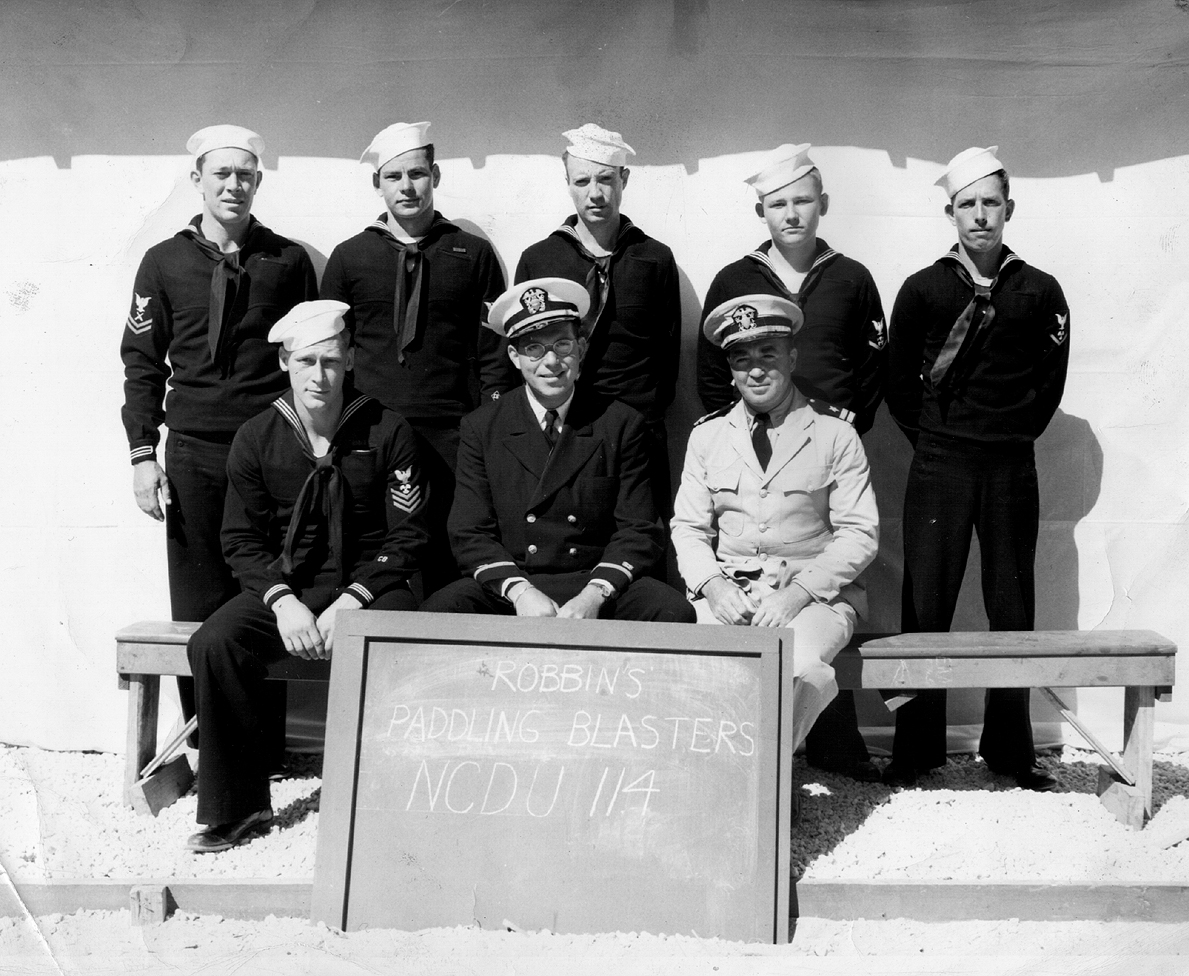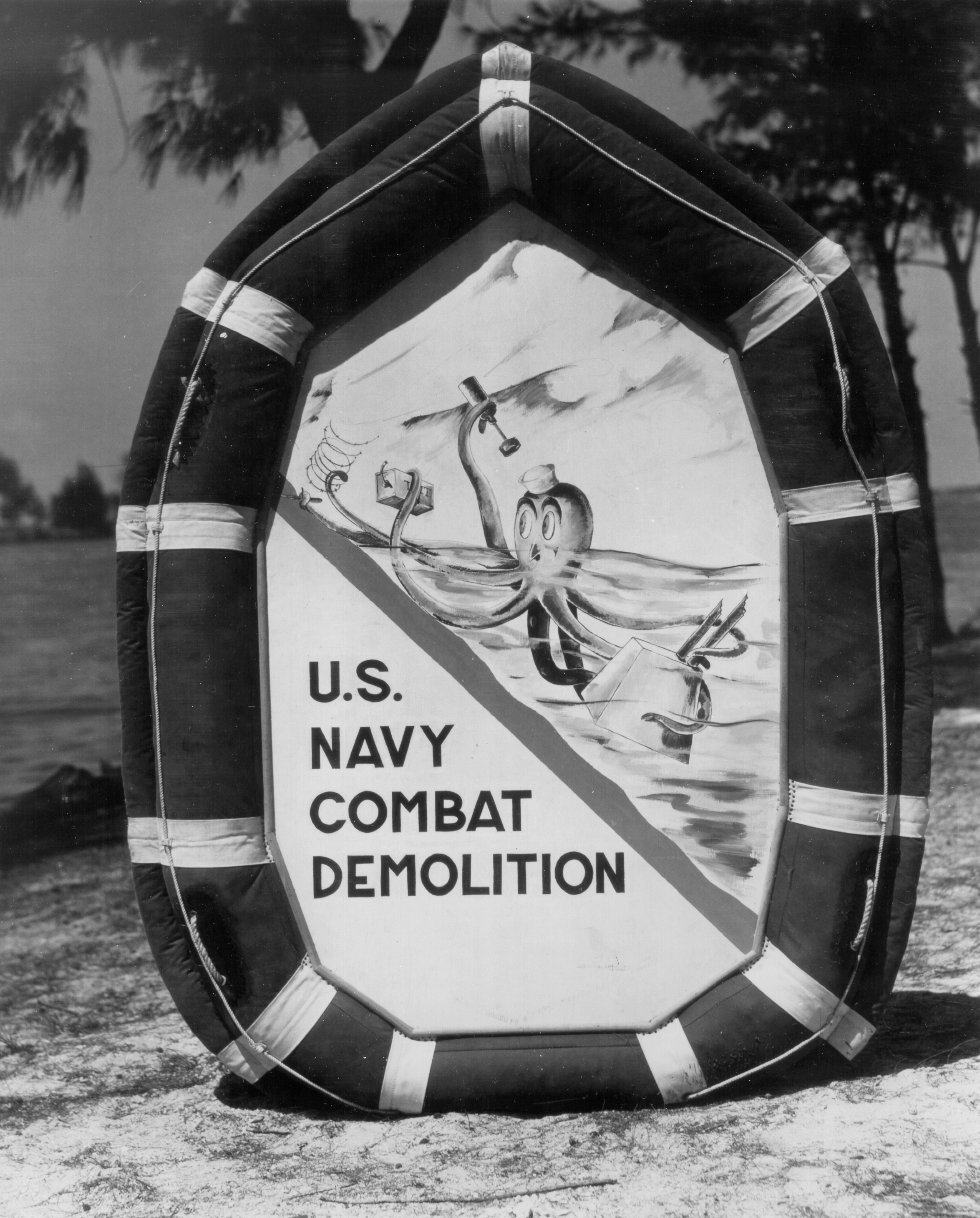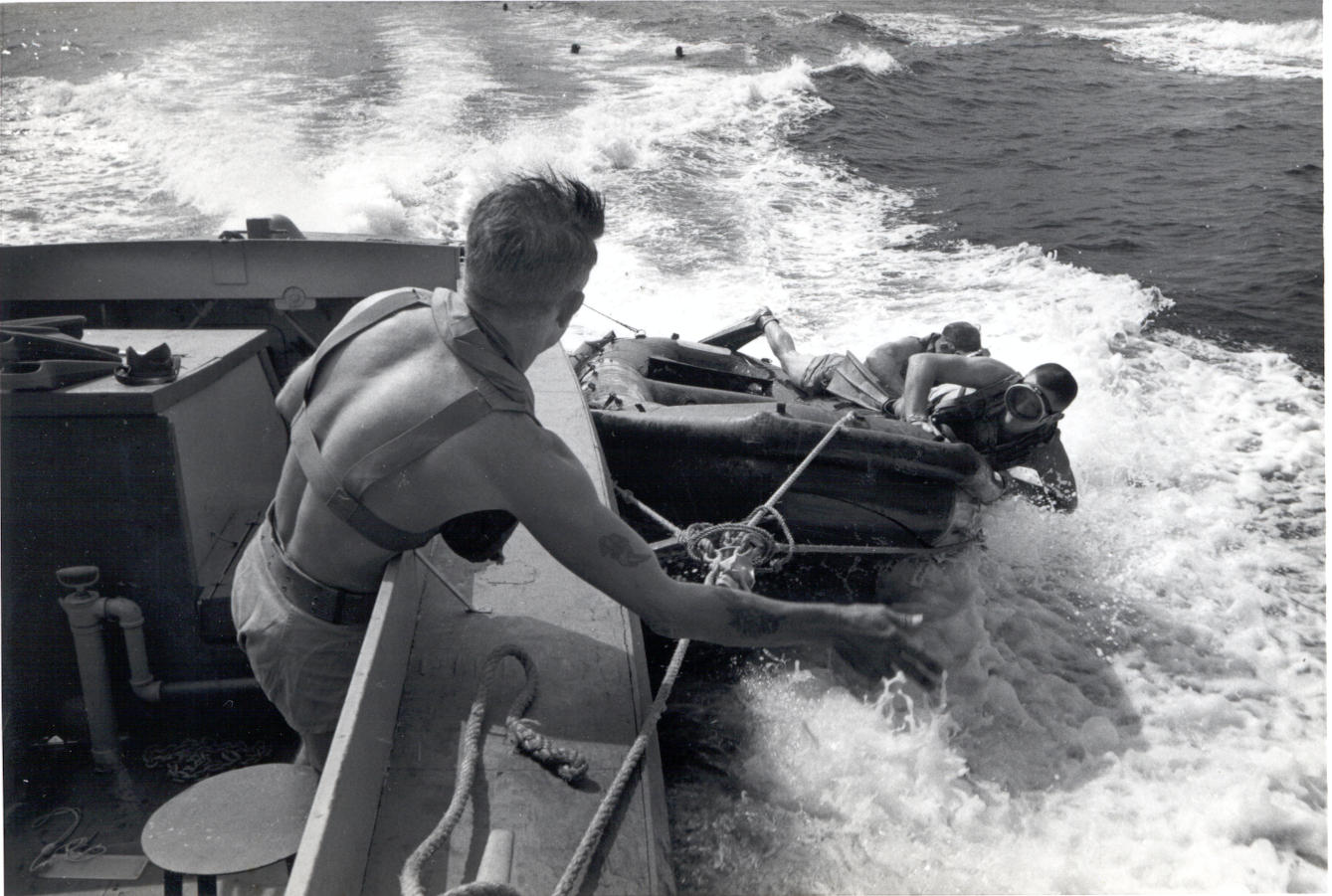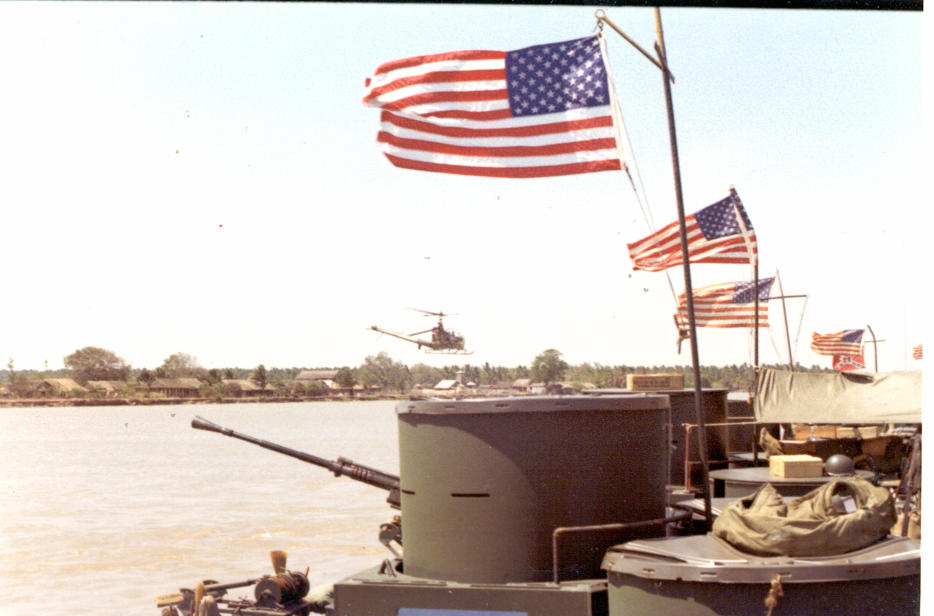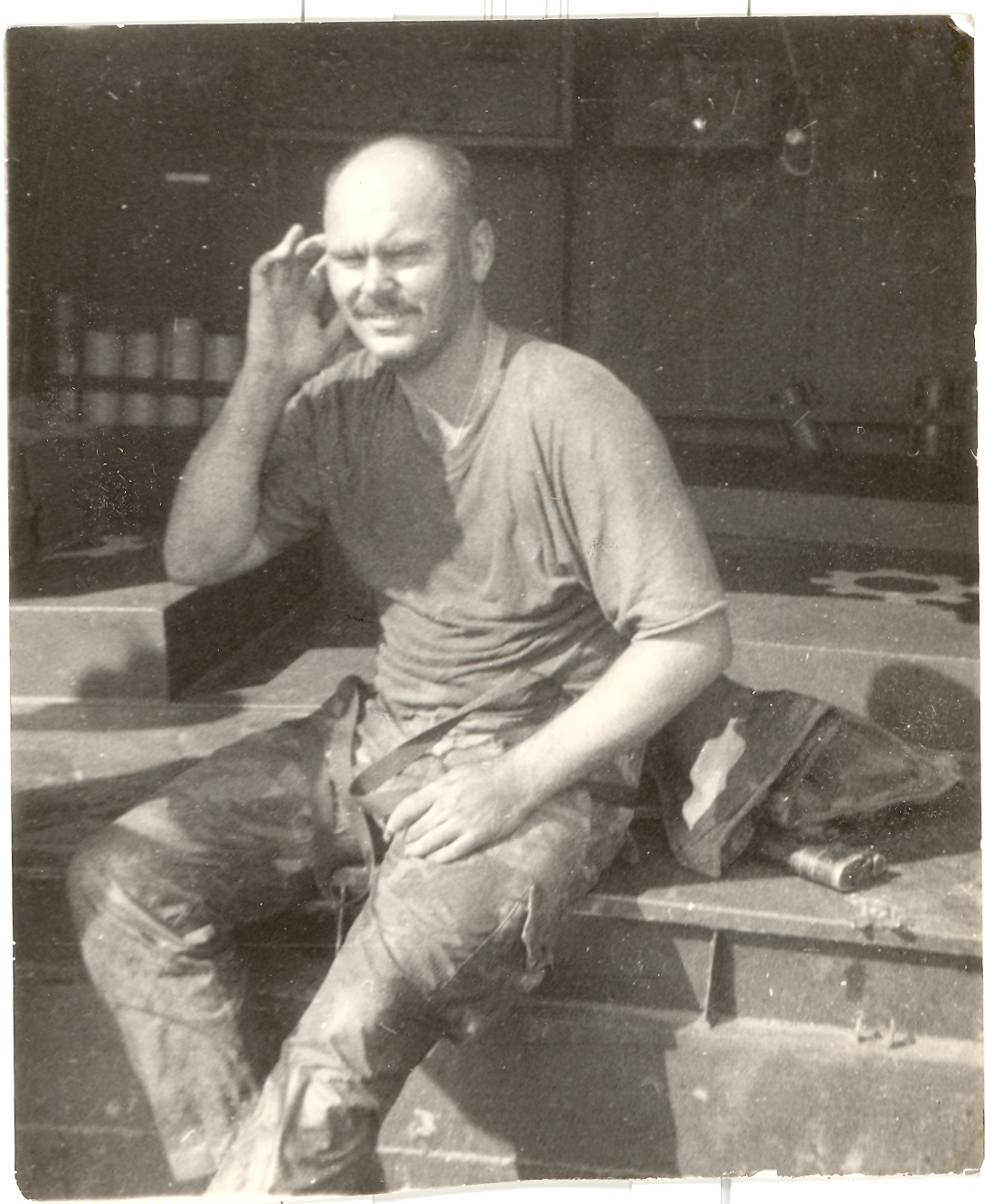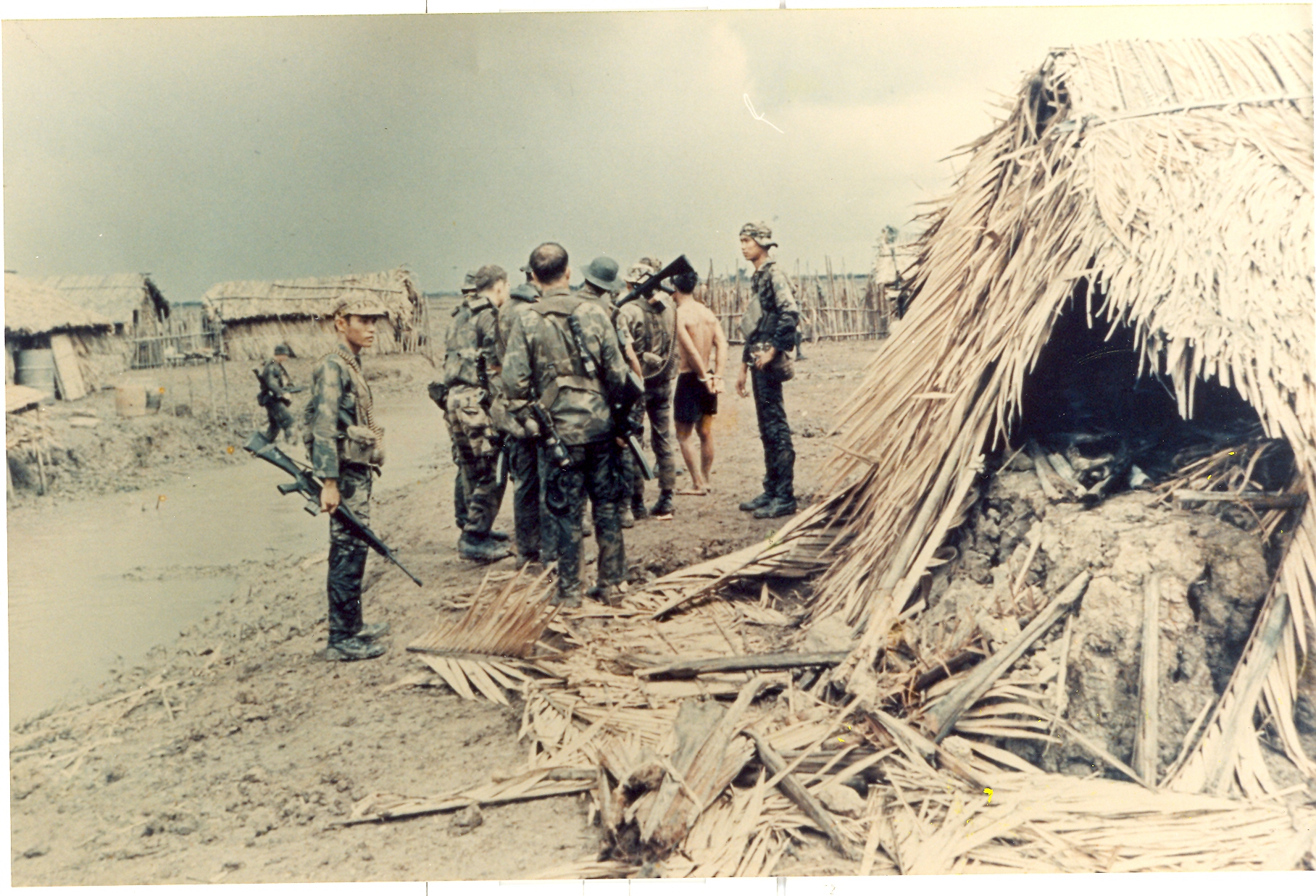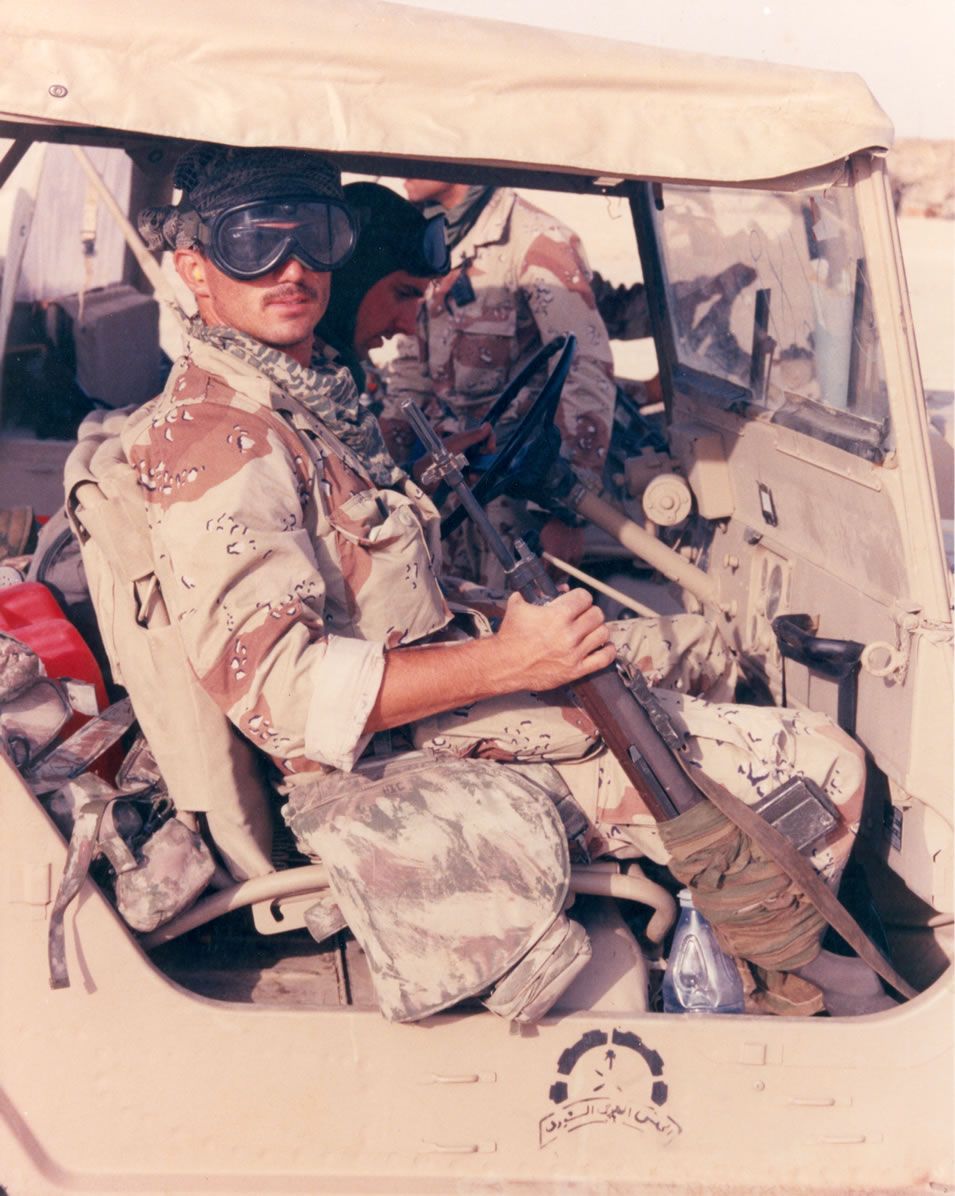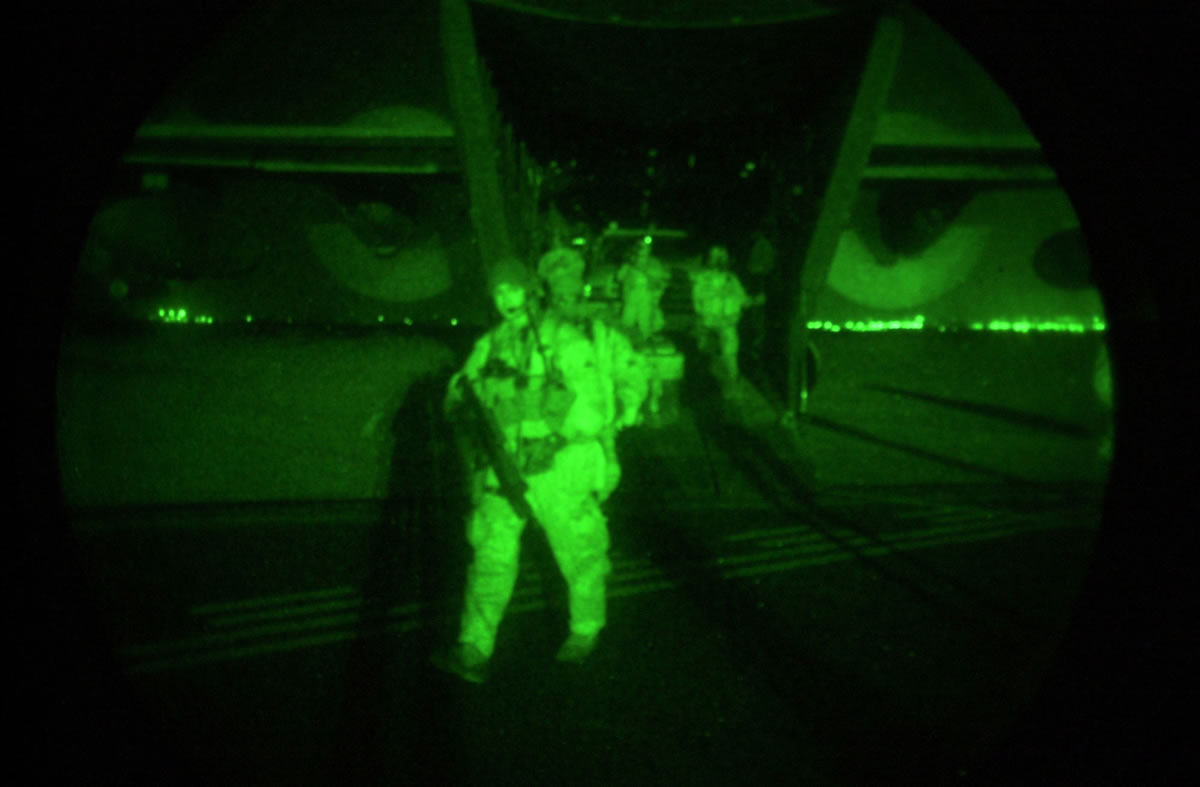
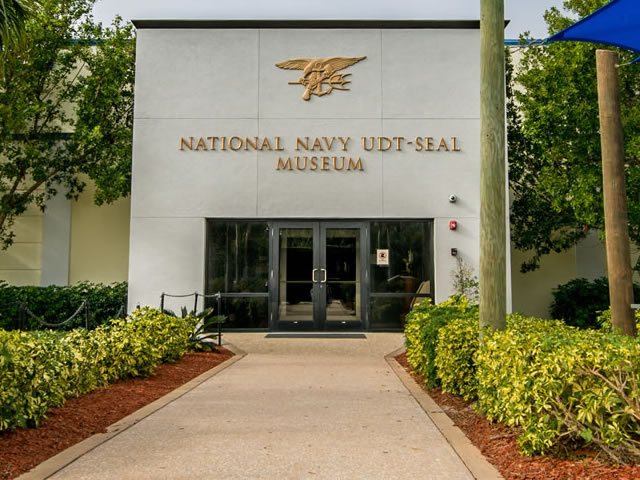
SEAL History: The Story of Naval Special Warfare
U.S. Navy SEALs and their companion Special Warfare Combatant-Craft Crewmen (SWCC) have become an ubiquitous component of the on-going war against terrorism on a world-wide basis, yet, until recently, they have remained predominately and uniquely obscure. As in past conflicts, they prefer obscurity; however, unlike past conflicts, they have become increasingly a focus of national interest; particularly since the rescue of Captain Richard Phillips of the Maersk ship Alabama, and the raid at Abbottabad, Pakistan, where they killed Osama bin Laden the world’s foremost terrorist.
Origins of Naval Special Warfare: WWII
The origins of Navy SEALs actually began with specially organized maritime commando units during World War II, where legacy capabilities were adopted and remain embodied in today’s SEAL Teams.
Read more
Commemorating The Birthplace of UDT-SEAL Teams: Waimanalo, Hawaii
It is a little known fact that the foremost precursors of today’s Navy SEALs, the Pacific Underwater Demolition Teams, originated on Oahu’s windward coast at Waimanalo Beach in December, 1943. Two years after the attack on Pearl Harbor, UDT-1 and UDT-2 were formed at Amphibious Training Base (ATB) Waimanalo, which was situated in proximity of today’s Bellows Air Force Station (AFS). The Museum is supporting the creation of a Memorial to commemorate this history and honor all of the Pacific Underwater Demolition Teams. The Memorial will provide a permanent gathering place for current and future SEALs to enjoy, whether for family outings or private Team ceremonies in a secured area.
Read more
The First Airborne Frogmen: Divers First Take to the Air
Today, basic and advanced parachuting in the SEAL, SDV and SWCC Teams is routine and an accepted part of doing business. While the parachuting lineage of today’s Naval Special Warfare forces can be traced to the early 1950s, there was one unsung hero in World War II, who by virtue of training and operations was likely the first individual in the United States to ever conduct the full range of missions considered core to the SEAL Teams.
Read more
History of the Navy SEALs: UDT in Korea
After World War II, the Underwater Demolition Teams next saw action during the Korean War, where these Navy Frogmen expanded their expertise in demolitions to innovate a variety of land capabilities now standard among modern commandos. Read how, from the start of the Korean War in 1950, to the Inchon Landings, to the armistice in July, 1953, Navy UDT teams demonstrated remarkable versatility, laying the groundwork for what would eventually evolve into the Navy SEALs.
Read more
Genesis of the U.S. Navy’s SEa, Air, Land (SEAL) Teams
It has been often printed that President John F. Kennedy directed establishment of the U.S. Navy’s SEAL Teams for activities in Vietnam; and, while that is a good urban legend, it’s not at all true.
Read more
Before the First Mercury Splashdown
In 1958-1959, Navy Frogmen from Underwater Demolition Unit TWO (UDT-TWO) in Little Creek, VA supported NASA in two separate, but related long-forgotten, undocumented events.
Read more
UDTs and the Space-Flight Programs
Like most activities conducted by UDT between the wars, they went unnoticed and unrecognized. From the beginning of America’s manned space program in the late 1950s, NASA decided to utilize water landings for spacecraft and crews returning from their flights. The fledgling space agency relied heavily on the UDTs to help establish an effective astronaut survival and recovery program. Long before America’s first manned space flight in May 1961, UDT personnel were training the Mercury Seven astronaut corps how to safely egress their capsule after it splashed down in the ocean.
Read more
The Leap Frogs: Origins of the Navy SEAL Parachuting Exhibition Team
Freefall Parachuting, also referred to as Sky Diving or Sport Parachuting, is the art of exiting from an aircraft at a high altitude, stabilizing the body during a delayed fall, executing various maneuvers, safely opening the parachute at a given time over a given ground reference point and guiding the parachute so as to land on a specific target. With today’s technology, training and expertise, this art form has exceeded the wildest expectations of those UDT SEAL pioneers of the U.S. Navy Parachute Team, and no one does it better than today’s “Leap Frogs.”
Read more
SEAL History: Vietnam–The Men With Green Faces
Shortly after being established in January 1962, SEAL Team ONE deployed CPO Robert Sullivan and CPO Charles Raymond to take initial surveys and make preparations for training indigenous South Vietnamese in the tactics, techniques, and procedures of maritime commandos.
Read more
SEAL History: Navy SEALs in Grenada Operation URGENT FURY
In 1983, tensions between the U.S. and the tiny Island-nation of Grenada caused the U.S. to invade the island to ensure the safety of the U.S. citizens living there. SEAL Teams were attached to the U.S. forces to aid in the assault. This would be the SEALs first introduction to combat since Vietnam.
Read more
U.S. Navy SEALs and the Achille Lauro Mission
On October 7, 1985 four heavily armed Palestinian terrorists hijacked the ship in the Mediterranean Sea off the coast of Alexandria, Egypt. Some 320 crewmembers and 80 passengers were taken hostage. Read the story of what happened when highly trained U.S. Navy SEAL assault forces were launched from the U.S. to capture or kill the terrorists before they could harm any of the Achille Lauro passengers or crew.
Read more
Operation JUST CAUSE: Navy SEALs in Panama
On the night of 19 December 1989 the United States invaded Panama. During the invasion, U.S. Navy SEALs were tasked with two missions: (1) disable a boat in which President General Manuel Noriega might use to escape; and, (2) disable Noriega’s Learjet at Patilla Field – to also prevent him from escaping. The boat attack went well – it was indeed “disabled.” In typical SEAL fashion; however, so many explosives were placed under the hull that one engine was never found!
Read more
Global War on Terror
On September 11, 2001, commonly known as 9/11, nineteen terrorists from the Islamic extremist group al-Qaeda hijacked four airplanes and carried out suicide attacks against U.S. targets. Two planes were flown into the twin towers of the World Trade Center in New York City, a third plane hit the Pentagon in Washington, DC, and the fourth plane was heroically forced down by its passengers in an open field in Somerset County, PA.
These attacks resulted in 2,996 deaths and triggered the Global War on Terror. Navy SEALs and other Special Operations Forces (SOF) were immediately called upon to play key roles in the War on Terror. Fighting this new kind of enemy required SEALs to both utilize their traditional skills and broaden their operational capabilities for targeted missions.
Today’s SEALs
Today there are 10 active-duty SEAL Teams, each made up of more than 200 men and women (SEALs and support and mission-enabling personnel), and each commanded by an 0-5 commander. Two additional SEAL Teams have been organized within the Naval Reserve Component.
“SEALs have survived from the earliest days because of the hallmarks of success and operating tenets adopted by them through the actions and activities of their legacy brothers in NCDU, Scouts and Raiders, OSS Maritime, and Underwater Demolition Teams. SEALs are and will remain unique among all special operations forces, because it is they who are called upon when tasks need to be carried out clandestinely; where there is a high security risk; or if the task is a particularly difficult or delicate one, where operations involve working in small numbers under isolated, unsupported, and/or hostile conditions, and where the approach to the target is on or under the water.” – CDR SEAL (Ret) Tom Hawkins

